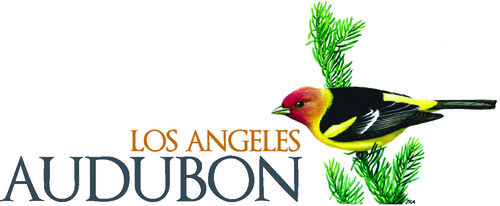ON THE COVER: Salmonella Outbreak and Wild Songbirds
The California Department of Fish and Wildlife (CDFW) and various bird rehabilitation organizations are recommending that people in southern California stop feeding birds until April or May when Pine Siskins have left the area. Even though there have not been many cases here (compared to Northern California), they are being cautious. In any case, feeders should always be cleaned regularly, along with the ground below the feeders. Salmonellosis is transmitted mainly through the accumulation of droppings around the feeders and birdbaths. CDFW recommends draining birdbaths as well, but an alternative would be to clean the baths out at least daily.
May 12, 2021–The Disastrous Border Wall — What Now?
The Biden administration must reckon with the severe injustices the previous president inflicted on the communities and wildlife of the borderlands. In this presentation, Laiken Jordahl, borderlands campaigner with the Center for Biological Diversity, will discuss the efforts of a coalition of environmental, tribal and human rights groups on both sides of the border who seek to tear down the wall and restore protections to the beautiful border region.
Birds Die Hitting Windows – Let’s Get to Work Stopping These Deaths
Hundreds of millions of birds die every year hitting the windows in our homes. We have all seen the photos of dead birds that hit urban buildings. Ten times as many die hitting our home windows.
Humans know that a dark space on the side of a building is a window. Birds do not. They see in it a reflection of the safe space they have just been flying through, and crash into the window and die – though some fly off, to die later from internal injuries or stunned, eaten by predators.
LAAS Nature Journaling Program & ZOOM
There is not much that the Audubon docents at Ballona Wetlands and Kenneth Hahn Park enjoy more than walking a group of students through our wonderful wetlands and uplands, seeing their eyes light up when they see something new or come to understand how things are interconnected. So, we were as disappointed as our students when all field trips were canceled due to COVID in March 2020.
“Tweens” Will Be “Tweens”
YOUNG BIRDERS: Protection of Migratory Birds Requires International Cooperation
At the northern edge of the Yucatan Peninsula in the southeast of Mexico, a Ruby-throated Hummingbird alights on a small branch. Weighing just three grams, this bird is preparing to begin its first spring migration. As dusk settles over the Yucatan shoreline, the hummingbird takes flight and heads out over the Gulf of Mexico. After flying 900 miles during the entire night without food, water, or rest, the hummingbird is exhausted, having lost almost half its body weight. Then, it sees the color that will save its life—the green trees of the east Texas shoreline. With the goal in sight, the hummingbird summons all its remaining energy to reach the shoreline, descends into a patch of flowers, and soon regains the lost energy and body weight by eating small insects and flower nectar. This incredible journey between Mexico and United States, however, is short compared to the migration of other bird species.
Adventures in Nature Wherever We Are
My first close encounter with a whale was at SeaWorld in San Diego, California, currently home to many orphaned and injured ocean inhabitants. I took the back scene tour that raised funds for animal rescue and welfare including “Lunch with Shamu,” one of several generations of Shamu-named orcas. Seated at a table alongside Shamu, I bit into my peanut butter sandwich only to have Shamu leave the water and slide down our eight-person table to my sandwich. Whales have huge, muscular tongues they use to lick food off of their baleen, much as we lick peanut butter off of the roofs of our mouths. From the response of the trainer, this was an unplanned snack.










